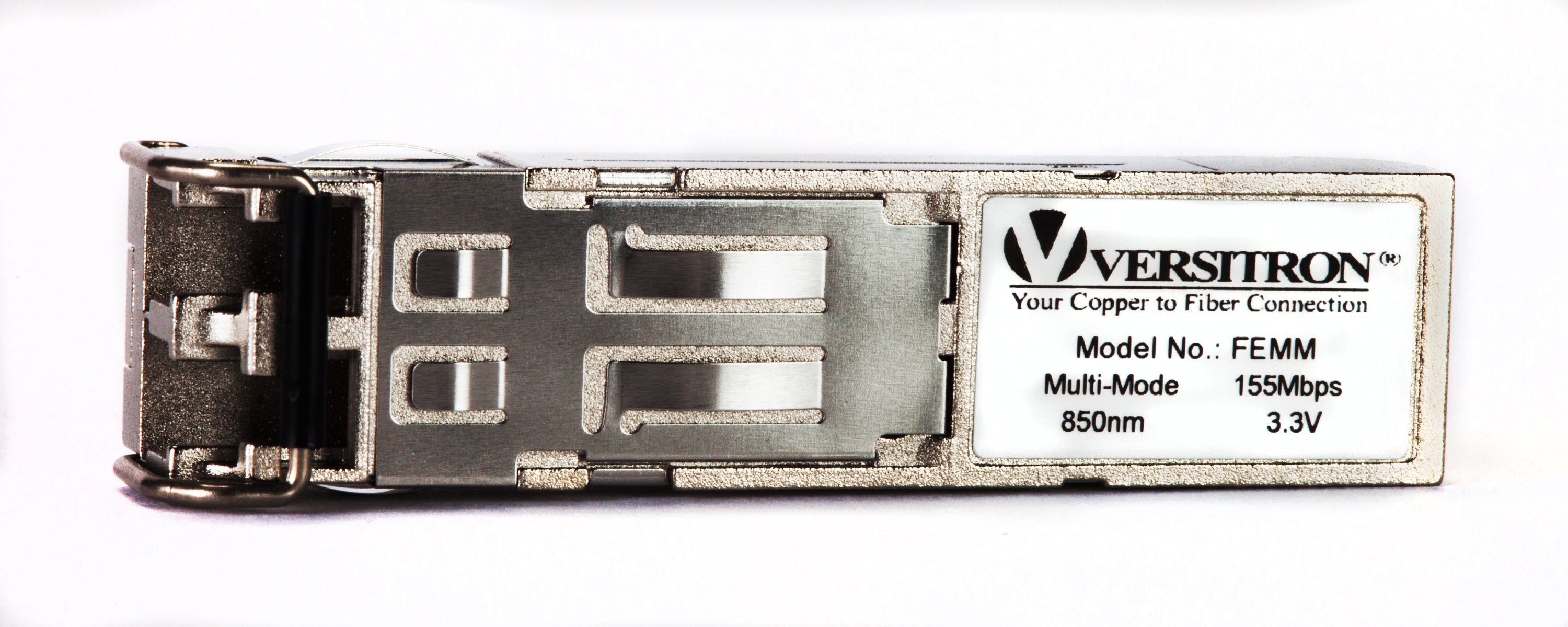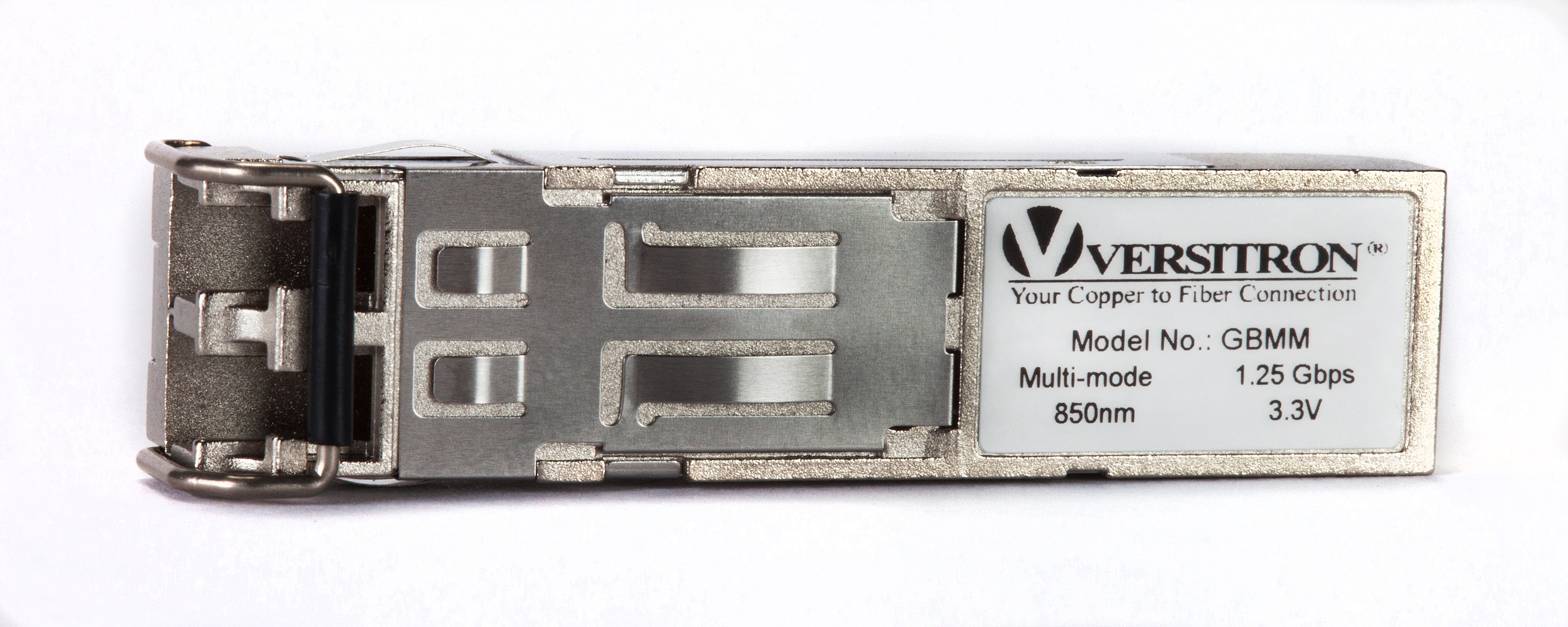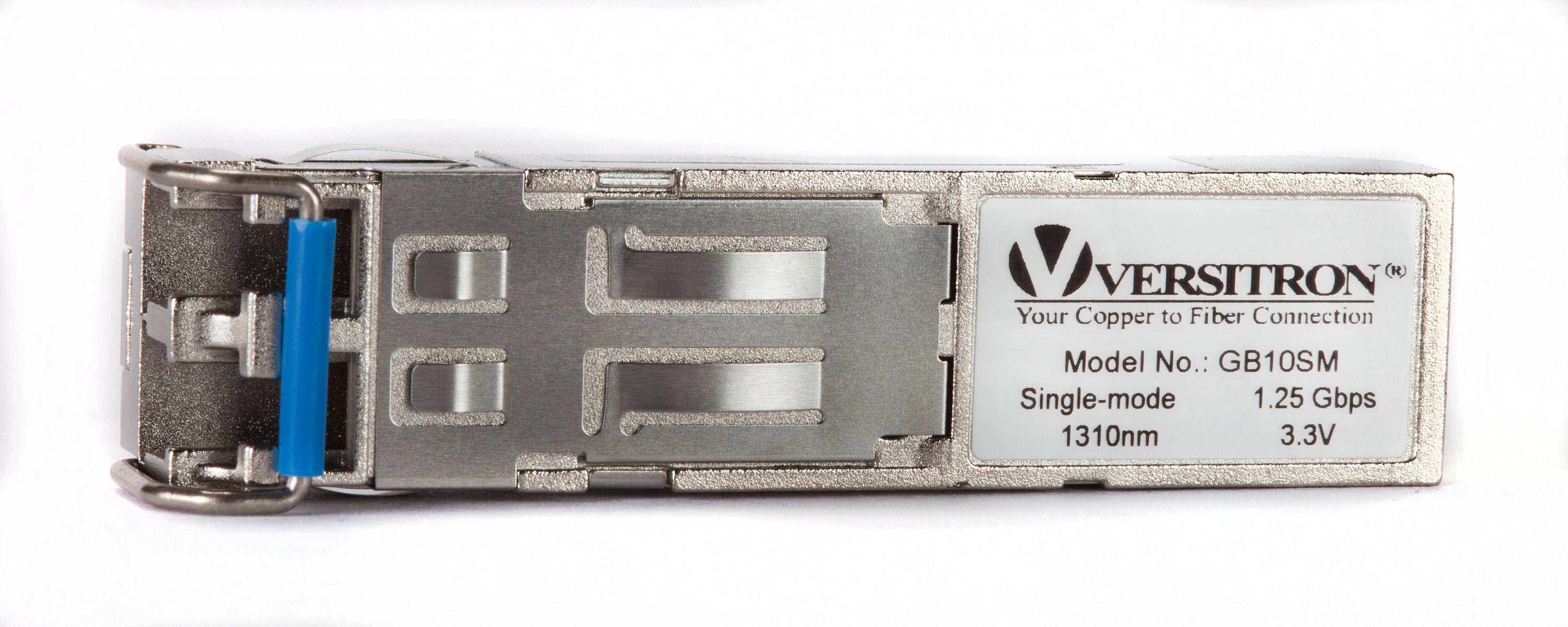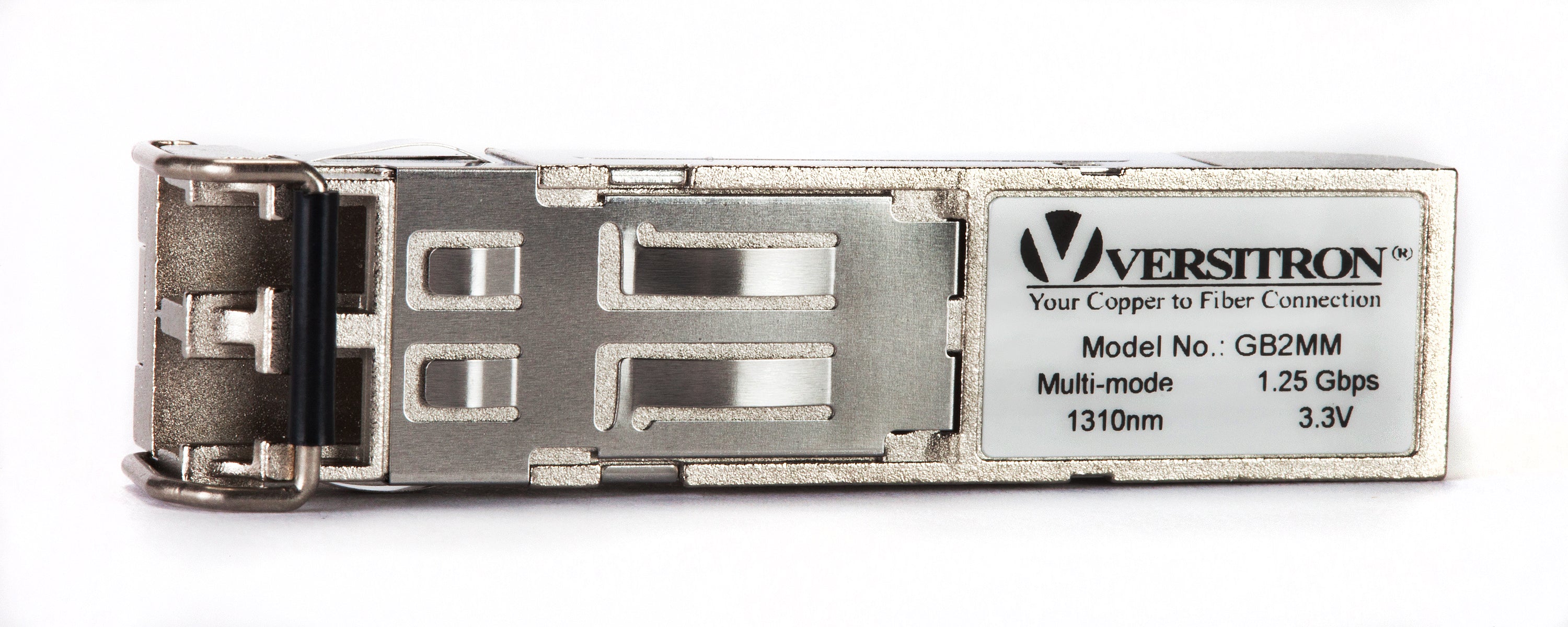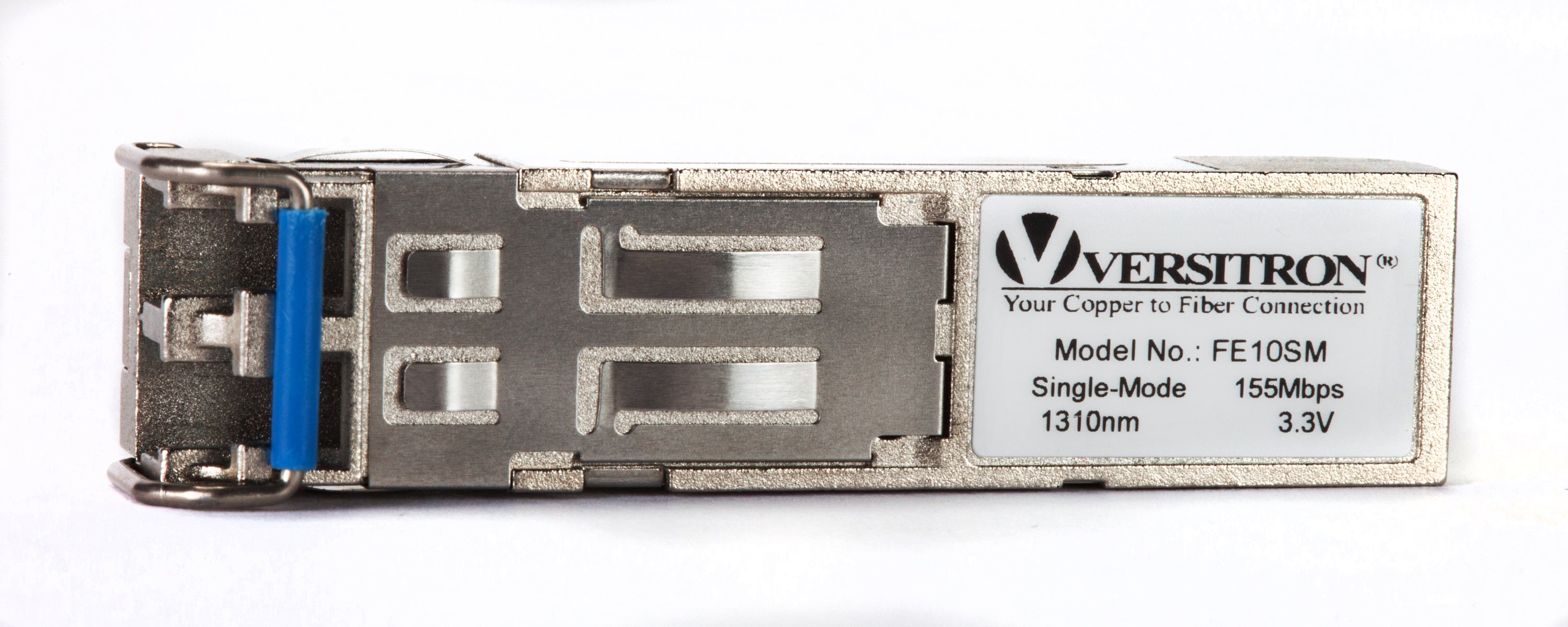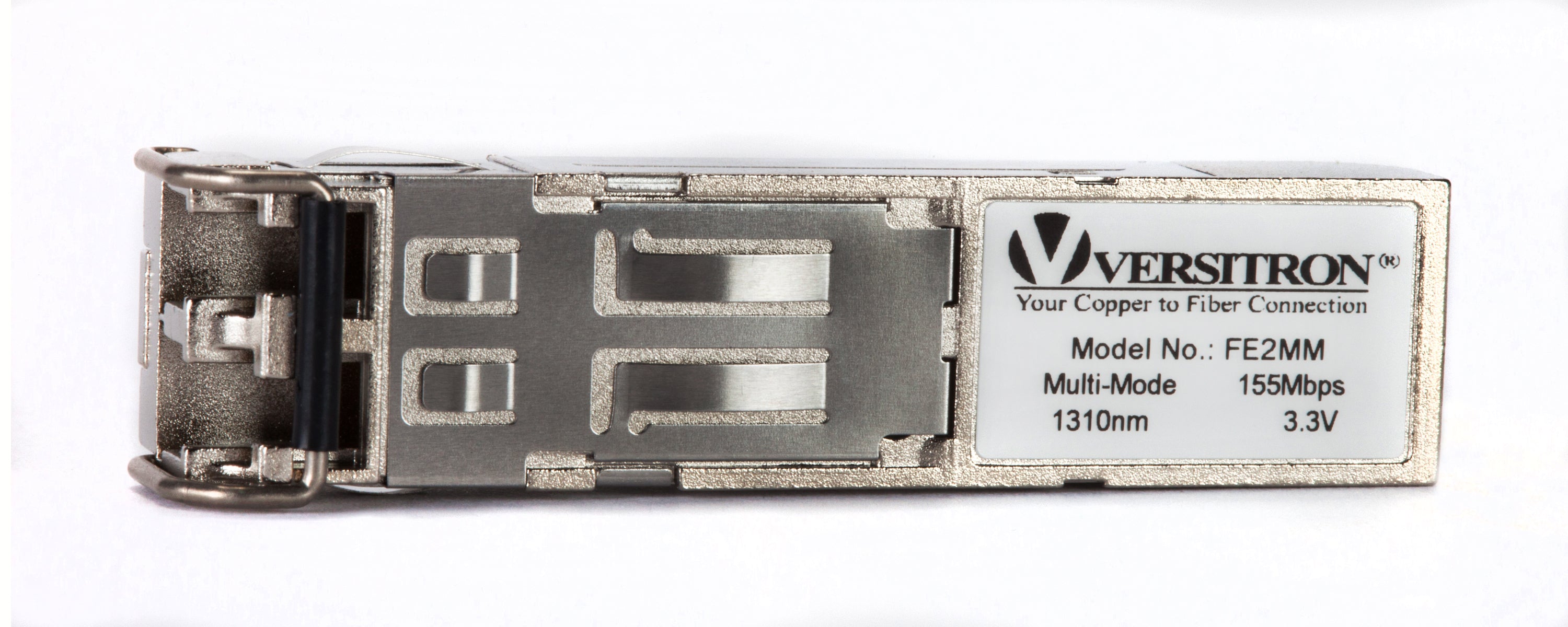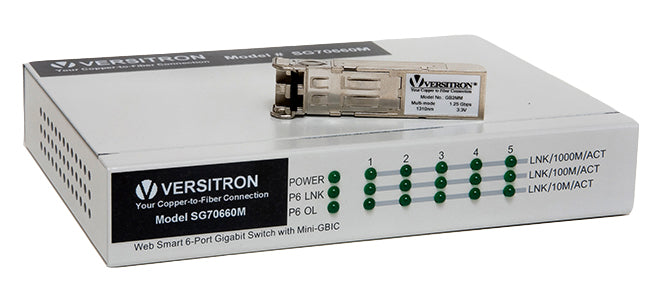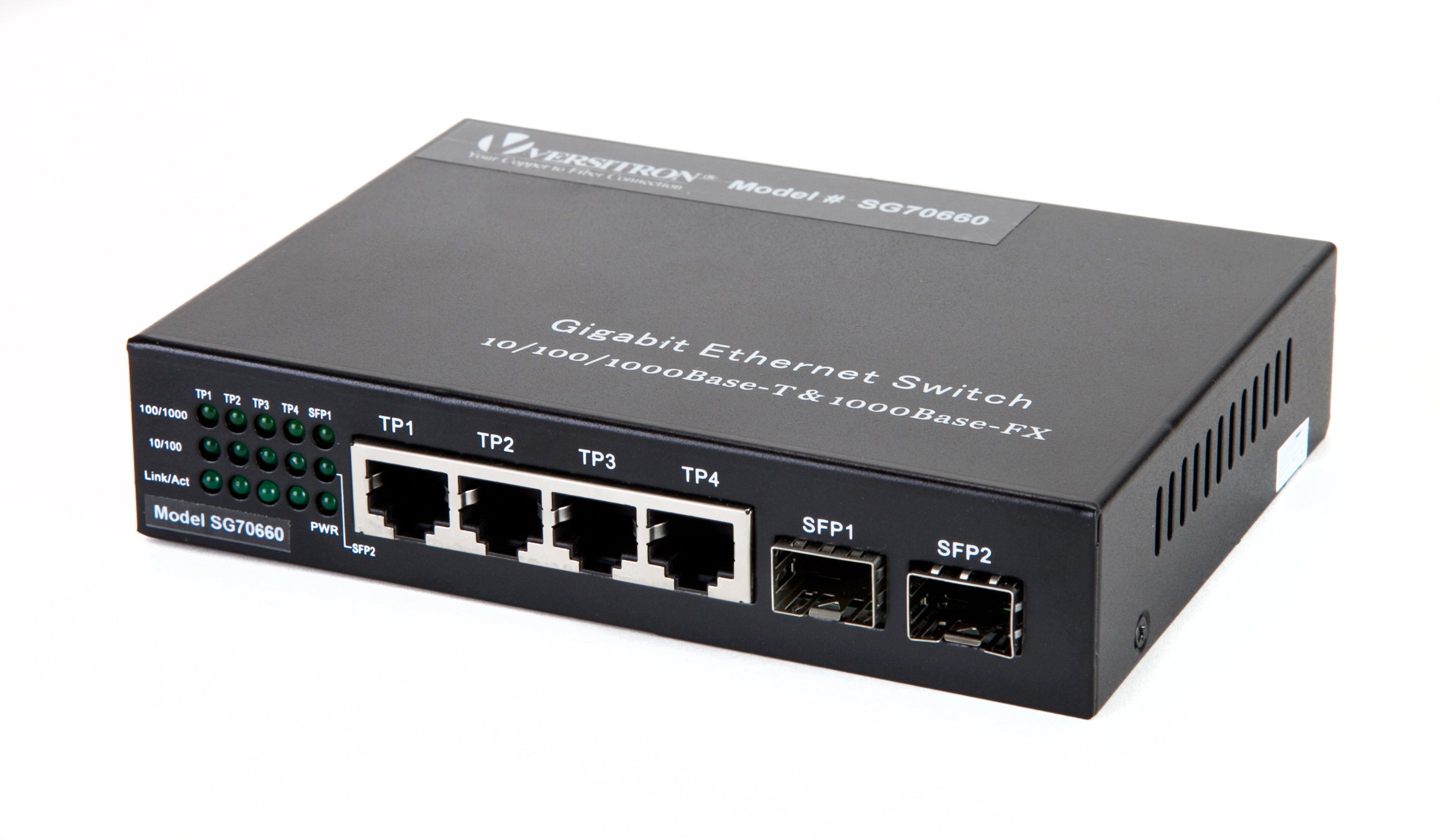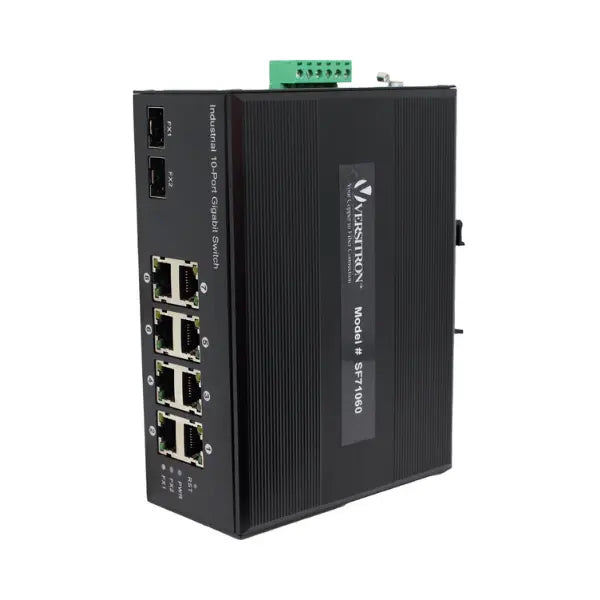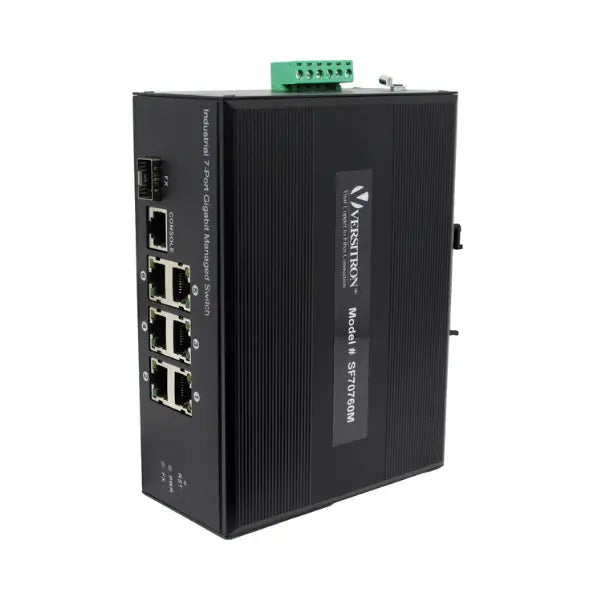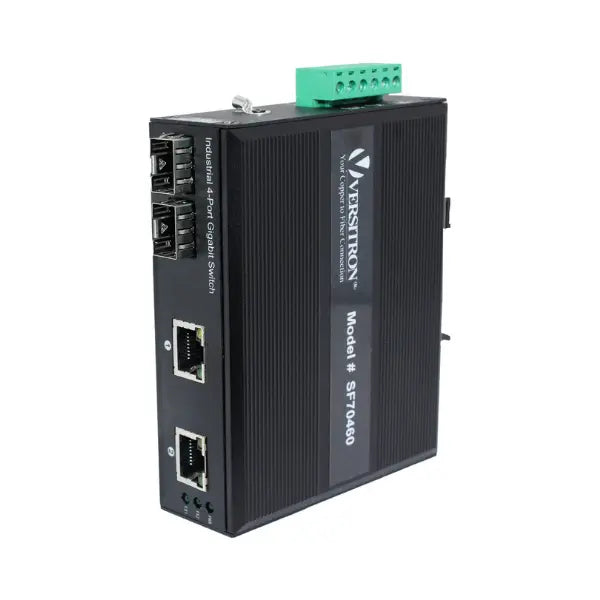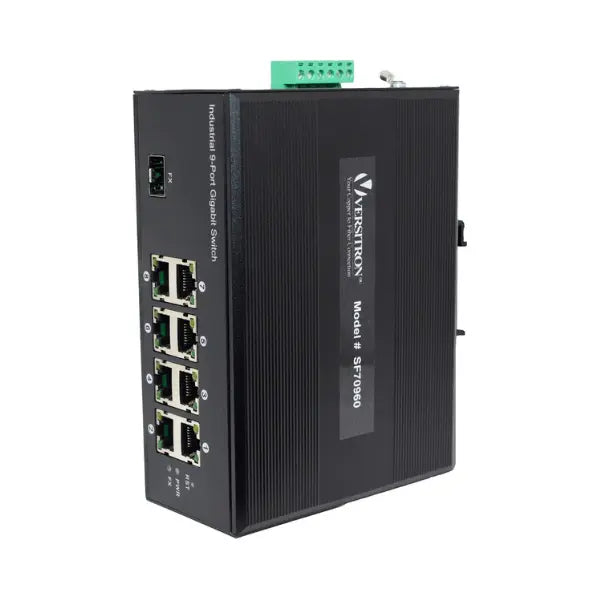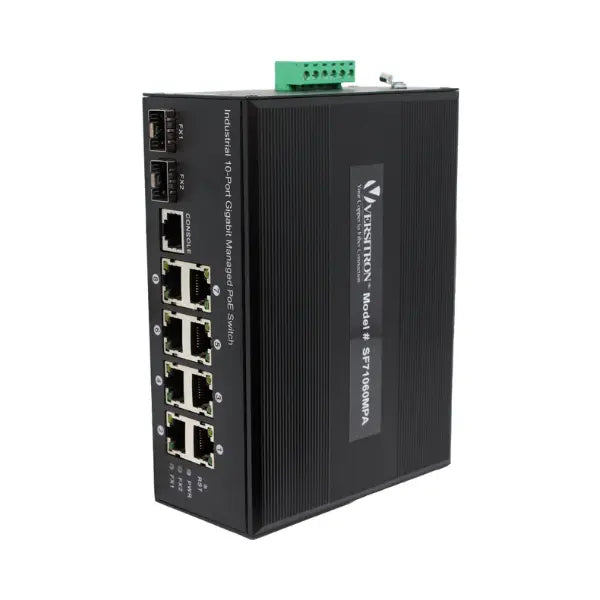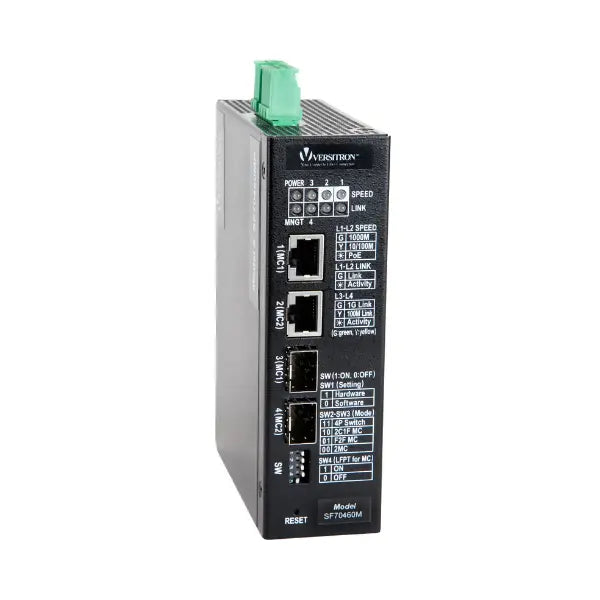Packet Optical Transport Network is a rapidly emerging technology that is poised to revolutionize the way optical networks are built and operated. It combines the best of both worlds, offering the flexibility and scalability of packet switching with the high performance and bandwidth of optical transport.

What is Packet Optical Transport Network?
It is a transport network that deeply integrates packet transport and optical transport technologies. Packet Transport Network (PTN) refers to an optical transport technology where a layer is set between the IP service and the underlying optical transmission medium for the burstiness and statistical recovery of packet traffic. Optical Transport Network (OTN) implements transmission, multiplexing, routing, and monitoring of service signals in the optical domain, and guarantees performance indicators and survivability. Packet Optical Networking Platforms (PONP’s) are enabling service providers and mission critical optical network operators to offer unprecedented TDM-equivalent Ethernet services and infrastructure for critical services, wholesale and residential broadband, mobile backhaul, data center interconnect and enterprise services delivery. Based on the unified packet switching platform, It can support both L2 switching (Ethernet/MPLS) and L1 switching (OTN/SDH), so that Packet Optical Transport Network functions can be flexibly reduced and added in different application and network deployment scenarios.
Why Choose Packet Optical Transport Network?
It offers a range of benefits that make it an attractive choice for organizations. Here are some key reasons why businesses choose to use it:
- Convergence: It combines the benefits of packet switching and optical transport technologies, providing a converged network infrastructure. It allows for the efficient transport of both traditional circuit-switched traffic and packet-based data over the same network.
- Flexibility: It offers flexibility in terms of service types. It can support a wide range of services, including voice, data, and video, making it suitable for various applications and customer demands.
- Bandwidth Efficiency: With packet switching capabilities, Packet Optical Transport Network can efficiently utilize network bandwidth by dynamically allocating resources based on demand. This helps optimize network utilization and ensures efficient use of available resources.
- Scalability: It is highly scalable, enabling network operators to easily expand their network capacity as traffic demands increase. It provides flexibility for adding new services and accommodating future growth without significant disruptions.
- Cost-Effectiveness: By leveraging packet switching technology and optical transport, It can deliver cost-effective solutions for network operators. It helps reduce operational costs, simplifies network management, and allows for the consolidation of multiple services onto a single network infrastructure.
Fiber Optic Devices in Packet Optical Transport Networks
Fiber optic devices are used in this networks to transmit and receive light signals over long distances. These devices are designed to be highly reliable and efficient, and they can support high-speed data transmission rates.
Common Fiber Optic Devices Used
- Optical Line Terminals (OLTs): OLTs are located at the central office of a network provider and connect to multiple ONUs at customer locations. OLTs aggregate and route traffic between ONUs and the core network.
- Optical Network Units (ONUs): ONUs are located at customer premises and connect to the OLT at the central office. ONUs provide a variety of services to customers, such as broadband internet, voice over IP (VoIP), and television.
- Optical Add/Drop Multiplexers (OADMs): OADMs are used to add or drop optical signals from a fiber optic cable. They are used to create ring networks and to connect different parts of a network together.
- Fiber Optic Network Switches: Fiber optic network switches are used to route optical signals between different ports. They can connect OLTs and ONUs in a PON, connect different parts of a ring network together, or connect Packet Optical Transport Networks to other networks. Fiber optic network switches offer features such as support for high-speed data rates, multiple ports, and redundant power supplies.
- SFP Modules: SFP modules are used to connect optical transceivers to fiber optic network switches and other devices. They offer a flexible and cost-effective way to connect optical transceivers, supporting a wide range of data rates and transmission distances.
These devices are used to provide a variety of services to customers, such as broadband internet, Voice over IP (VoIP), and television. They are also used to create ring networks and to connect different parts of a network together.
Key trends that are driving the adoption of Packet Optical Transport Network:
- The rise of 5G: 5G networks require a high-performance and scalable transport infrastructure to support the massive increase in traffic and data volumes. It offers the ideal solution for 5G transport, providing the flexibility, scalability, and bandwidth efficiency needed to meet the demands of this next-generation wireless technology.
- The growth of cloud computing: Cloud computing is another major driver of Packet Optical Transport Network adoption. Cloud providers need a reliable and high-performance transport infrastructure to connect their data centers and deliver their services to customers around the world. It offers the ideal solution for cloud transport, providing the flexibility, scalability, and bandwidth efficiency needed to support the demands of this rapidly growing market.
- The increasing demand for bandwidth: With the proliferation of data-intensive applications and services, the demand for bandwidth is growing exponentially. Packet Optical Transport Network offers the ideal solution for meeting this growing demand, providing the scalability and bandwidth efficiency needed to support the ever-increasing traffic volumes.
Overall, it is a rapidly emerging technology that is poised to play a critical role in the future of optical transport networks. By offering the convergence, flexibility, scalability, and cost-effectiveness that organizations need, Packet Optical Transport Network is enabling them to transform their operations and meet the demands of the digital era.
Conclusion
The adoption of Packet Optical Transport Network (POTN) holds numerous advantages for organizations. By embracing it, organizations can unlock the true potential of their networks, transform their operations, and propel themselves forward in an era of rapid digital connectivity.



